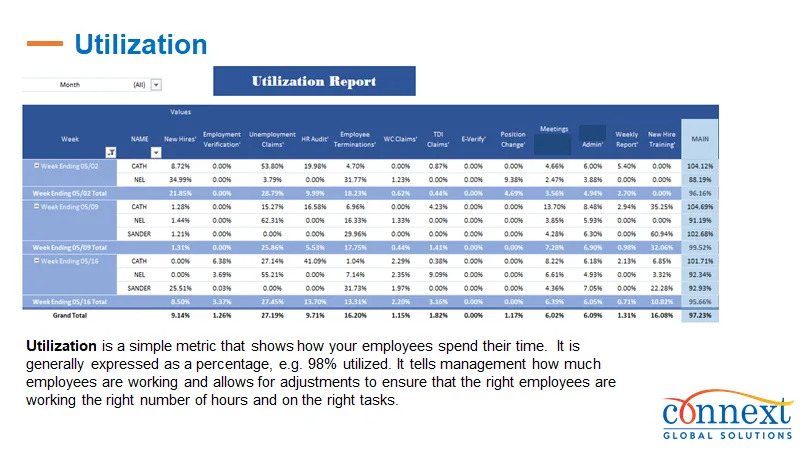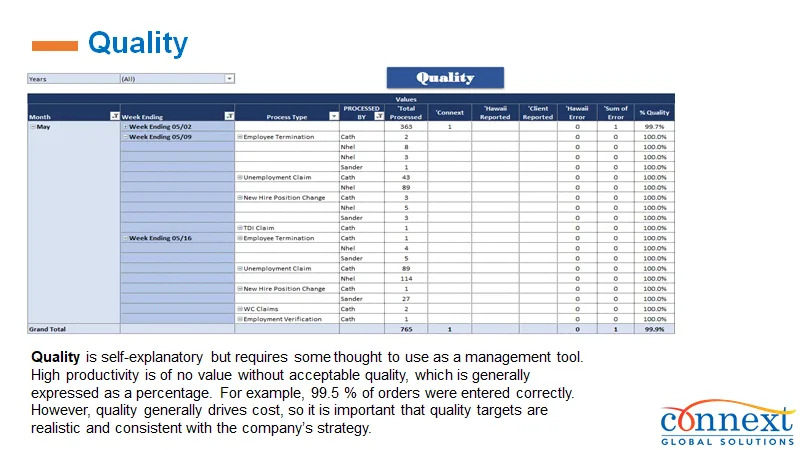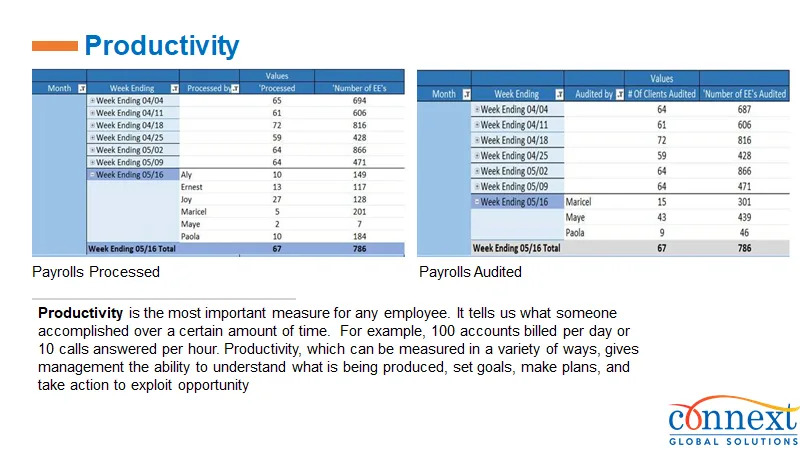Key Summary
- This article explores common friction points and supportive strategies that help organizations stay productive.
- Offshore contractors are becoming a go-to option for organizations dealing with hiring freezes or operational constraints.
- Understandably, many teams are cautious about how data is shared and accessed across borders and networks.
- Effective data protection for remote contractors doesn’t require heavy infrastructure—it starts with clarity, boundaries, and simple process controls.
- Connext supports contractor-based staffing models where security and structure are already built into the workflow.
- This approach allows companies to increase team capacity without officially expanding headcount.

Data Security Matters More Than Ever
When internal hiring is paused—whether due to budget constraints, headcount limits, or organizational shifts—offshore contractors often become the go-to alternative. They bring speed, flexibility, and operational lift without the formalities of permanent hires.
But for all the practical benefits, one question usually surfaces first:
“How do we keep our data safe?”
It’s a reasonable concern. Cybersecurity remains a top risk across industries, and with the average data breach costing over $4.9 million globally.
Still, the risks companies face aren’t always tied to sophisticated hacks or nation-state threats. More often, they result from the mundane: outdated access credentials, loosely defined roles, unclear data boundaries.
When offshore or remote contractors are involved, these challenges require structure—and thoughtful planning—not necessarily expensive tools.
How Modern Teams Build Secure Offshore Workflows
Working with offshore teams doesn’t mean giving up control. The most secure workflows come down to a few basics: limit access, define responsibilities, and make sure the right tools are in place.
Access is Scoped, Not Assumed
Contractors don’t need access to everything—and most companies design their systems that way. Instead of treating them like full-time staff, access is narrowed to only what’s needed to get the work done.
This helps keep things simple and secure. When people only see what’s relevant to their role, there’s less risk of sensitive information slipping through the cracks. It’s not about being restrictive—it’s about being clear about what’s necessary.
By limiting access upfront, teams make it easier to protect information while still giving contractors the tools to be effective.
Onboarding Goes Beyond the Job Description
Getting contractors up to speed isn’t just about tools and timelines. It’s also about giving them enough guidance to work securely from day one.
That might mean a quick overview of how files should be handled, which devices are okay to use, or what to do if something doesn’t look right. In more sensitive environments, a brief training might be included.
When expectations around data and access are clear from the start, the whole team works better together.
Contractor Work Environments Are Vetted
It’s common for remote contractors to use their own laptops or internet connections—but that doesn’t mean organizations lose control over security. The reality is, most companies take steps to shape how and where work happens, even from a distance.
Contractor access is usually limited to only what’s necessary. That means sensitive files aren’t floating around unchecked, and key systems aren’t left wide open. Basic safeguards—like requiring strong passwords or secure logins—are often enough to add an extra layer of protection without creating friction.
Ultimately, it’s less about the device being used and more about how the environment is set up. When done right, even remote setups can support safe, productive work—without making security feel like a roadblock.
Contracts and Agreements Cover More Than Just Deliverables
While most independent contractor agreements include basic NDAs or confidentiality clauses, many now include more defined expectations around data handling.
Modern agreements often address:
- What types of data the contractor may (or may not) handle
- How and when access will be revoked
- Responsibility for handling data securely, even after offboarding
These terms aren’t meant to add friction—they exist to keep things clear and predictable for everyone involved.
Compliance Considerations Are Factored In Early
In regulated industries, contractor workflows must be secure and compliant. Whether it’s HIPAA in healthcare, GDPR in the EU, or PCI-DSS for payment data, remote support often requires compliance-ready workflows.
For example:
- Healthcare organizations may require contractors to sign Business Associate Agreements (BAAs) and follow HIPAA rules for handling Protected Health Information (PHI).
- EU-based teams might need vendors who follow GDPR data-handling guidelines—even if the contractor lives outside the EU.
- Companies that process payments often require validation for systems that interact with cardholder data.
Compliance doesn’t automatically mean complexity. Often, the right platforms already support these standards out of the box.
A Reliable Option When Internal Hiring Is on Hold
Hiring freezes don’t mean the work stops—they just mean it needs to get done in a new way.
For many teams, offshore contractor support provides a workaround that aligns with policy while still moving projects forward. It’s especially helpful when internal staff is stretched thin, and outcomes still matter.
Contractor models allow for:
- Continuity during workforce slowdowns
- Budget flexibility for temporary or seasonal projects
- Team scaling that doesn’t affect formal headcount
When contractor workflows are structured well, teams stay focused and secure—even during lean times.
Process Over Perfection
Securing offshore work doesn’t need to feel overwhelming. The most effective teams rely on repeatable processes rather than complicated tools or heavy oversight.
That includes:
- Mapping out access before onboarding begins
- Using familiar platforms that provide permission control
- Creating space for questions around data expectations
- Offboarding with the same care as onboarding
These small but consistent steps help create long-term stability and trust.
Need a quick breakdown of contractor pricing models? This piece on transparency and cost control offers a solid starting point.
If your team is under a hiring freeze, this article explains how contractor staffing helps organizations stay flexible without increasing headcount.
Learn more and contact Connext today.
Frequently Asked Questions (FAQs)
By giving access only to what’s needed, using secure tools, and setting clear expectations. Most teams stick to cloud platforms with built-in permissions to control visibility.
Yes. A pause in hiring doesn’t mean relaxing on security. With proper setup—like clear onboarding and limited system access—contractors can work safely and effectively
Figure out what the contractor needs access to—and what they don’t. Then create accounts with the right settings and make sure everything’s tracked.
Connext works with clients to build offshore teams that use scoped access, secure platforms, and clear guidelines—so work stays protected while teams scale.








